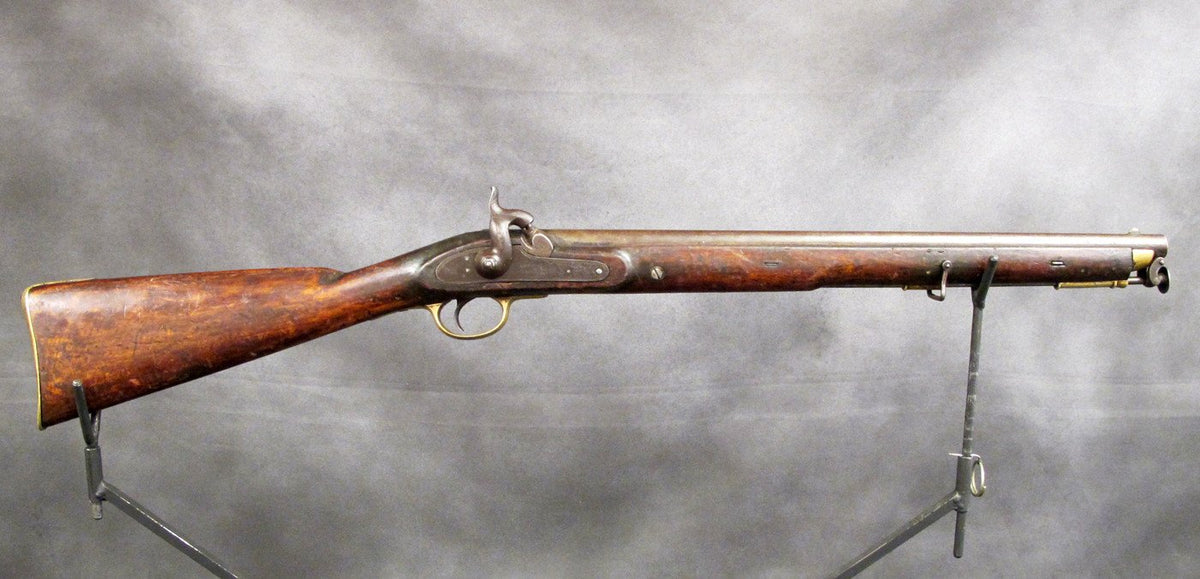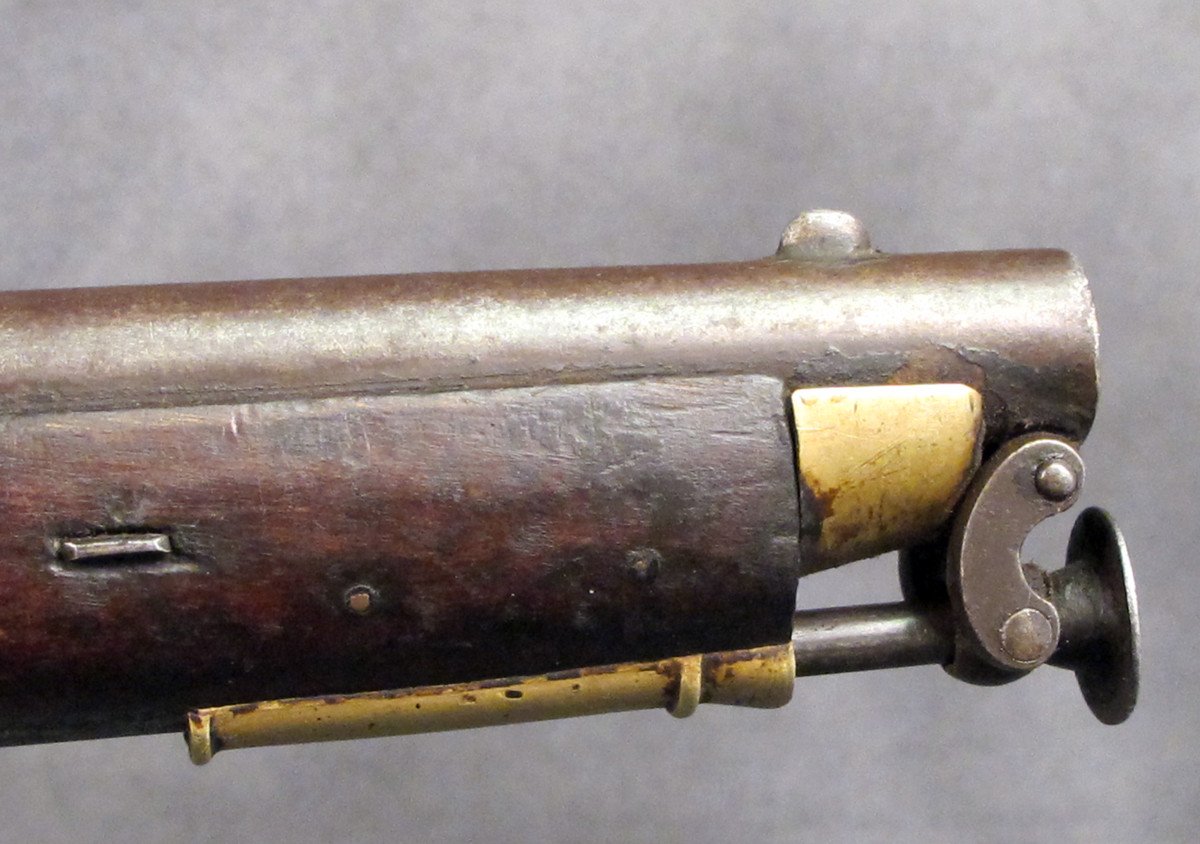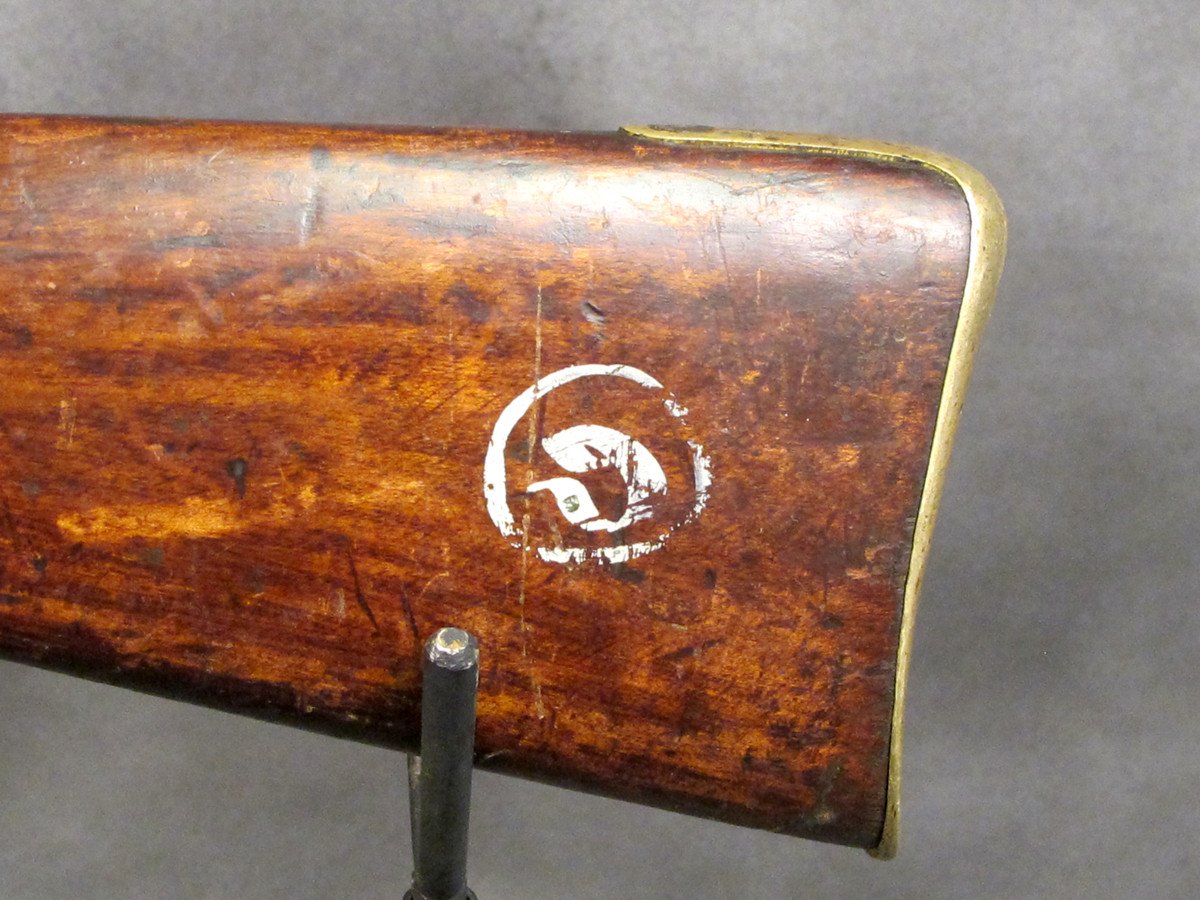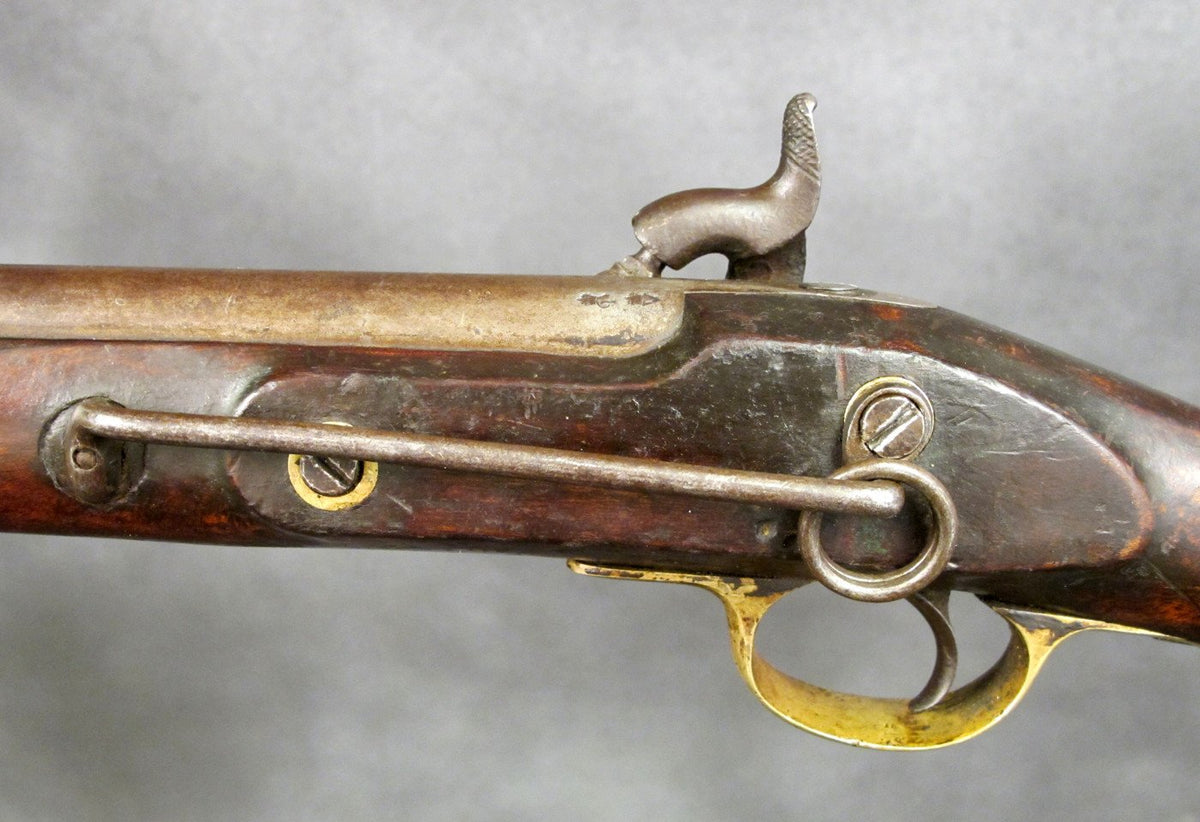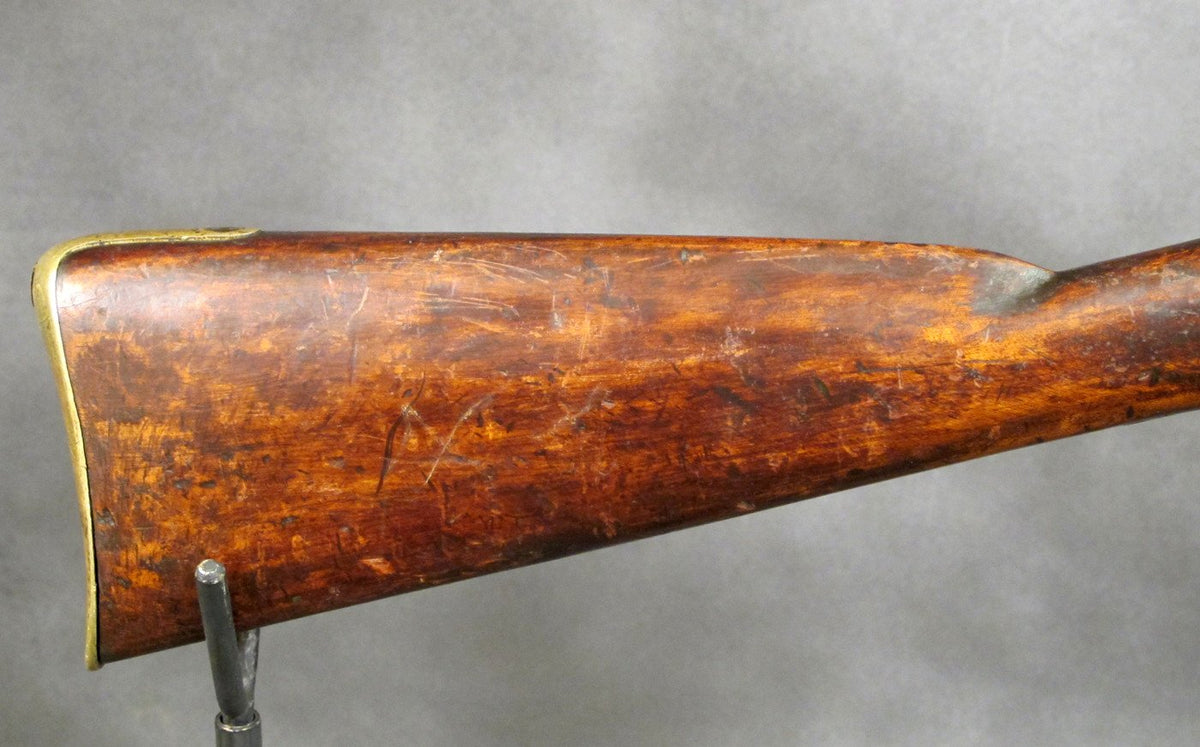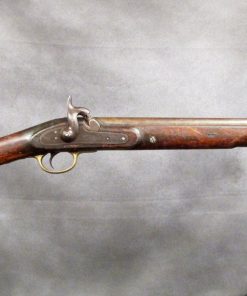British East India Company 2nd Scinde Irregular Horse Cavalry Carbine Original Items
$ 2.995,00 $ 748,75
Original Item: Only one available. After crushing the Baluchistani Forces in the Indian State of Scinde on March 24th 1843, the British commander, Sir Charles Napier sent a one word message to Queen Victoria and the Directors of The East India Company in London: “PECCAVI”
Now part of British history this message, taking a lead from Julius Caesar’s “Veni Vidi, Vici”, meaning “I came, I saw, I conquered” referring to Roman Britain translated from the Latin means
“I HAVE SINNED”. Perhaps not the cleverest remark to make to the very straight laced Victoria.
In fact, it was a stunning series of victories culminating in The Battle of Hyderabad, the capital, where fewer than 2,500 British troops supported by 3,500 others defeated almost 30,000 of the Ameer of Scinde’s finest warriors. General Napier was knighted for his success and granted over
$300,000 in 1843 dollars, several million today!
Having absorbed Scinde, today part of Pakistan, into the British Empire in 1843 the East India Company raised it’s own Scinde Units most notably two Companies of the “Scinde Irregular Horse” in 1846.
IMA is pleased to offer the only example we found from our Nepal cache purchase; adopted in 1846 this is a magnificent percussion saddle ring cavalry carbine fitted with two rings, London proofed, almost certainly made by “Garden of 200 Piccadilly, London” according to David Harding in his wonderful “Small arms of the East India Company 1600-1856” Volume 2 pages 520/521.
This rare Cavalry Carbine from Nepal originates with the fleeing Mutineers of the Great Sepoy Rebellion (Indian Mutiny) of 1857/8. (Both 1st and 2nd Scinde Irregular Horse Companies revolted in the uprising, together with multiple other Sepoy Regiments in Northern India)).
By agreement with England the Nepalese supplied 12,000 troops to assist the British put down this uprising and were well rewarded for doing so. Many Mutineers fled India and crossed into Nepal and by Treaty with England the Nepalese disarmed these Rebels and were permitted to retain their weapons provided they hanged every Mutineer that came into Nepal. Not surprisingly the Nepalese kept the confiscated weapons but allowed these “new immigrants” to settle in Nepal who then became the ancestors of today’s Nepalese “Indian” minority population. We should however note that unlike most other arms from the Nepal cache this carbine has no native markings, only English.
Offered in truly terrific condition complete with brass furniture and trapped swivel ramrod, this is assuredly one of the rarest of all marked Cavalry Carbines from the Victorian era making it worthy of the finest collections..
Overall length is approximately 37″.
Prompt Shipping and Professional Packaging
We provide a variety of shipping options due to our long-running partnerships with UPS, FedEx and DHL. Our warehouse personnel are well trained and will pack the goods according to our exact and precise specifications. Before shipping your items will be thoroughly inspected and secured. Every day, we deliver to thousands of customers in different countries. This is a sign of our determination to become the largest online retailer worldwide. Both Europe as well as the USA have warehouses and distribution centers.
Note that orders containing more than one item will be subject to a processing period that is based to the particular item.
Prior to shipping the items, our staff will carry out an exhaustive inspection of the products you ordered. Today, most orders will be delivered within 48 hours. The estimated delivery time is between 3-7 days.
Returns
The stock is constantly changing. It's not entirely managed by us since we are involved with multiple entities, including the factory and our storage. Therefore, the actual inventory could alter at any time. It is possible that you will not receive your order after the order has been made.
The period of time is 30 days. Unfortunately, if 30 days have passed since you purchased your product, we are unable to provide a refund or exchange.
The item must not be in use and must be in the original packaging. The item must be in the original packaging.
Related products
Uncategorized
Uncategorized
Uncategorized
Uncategorized
Uncategorized
Uncategorized
Angolan Rebel 1970s era 60mm Inert Display Mortar from Angolan Civil War Original Items
Uncategorized
Uncategorized
Uncategorized
Uncategorized
Uncategorized
Uncategorized
Uncategorized
Uncategorized
Uncategorized
Uncategorized
Armoured Fighting Vehicles of the World: AFVs of World War One (Hardcover Book) New Made Items
Uncategorized
